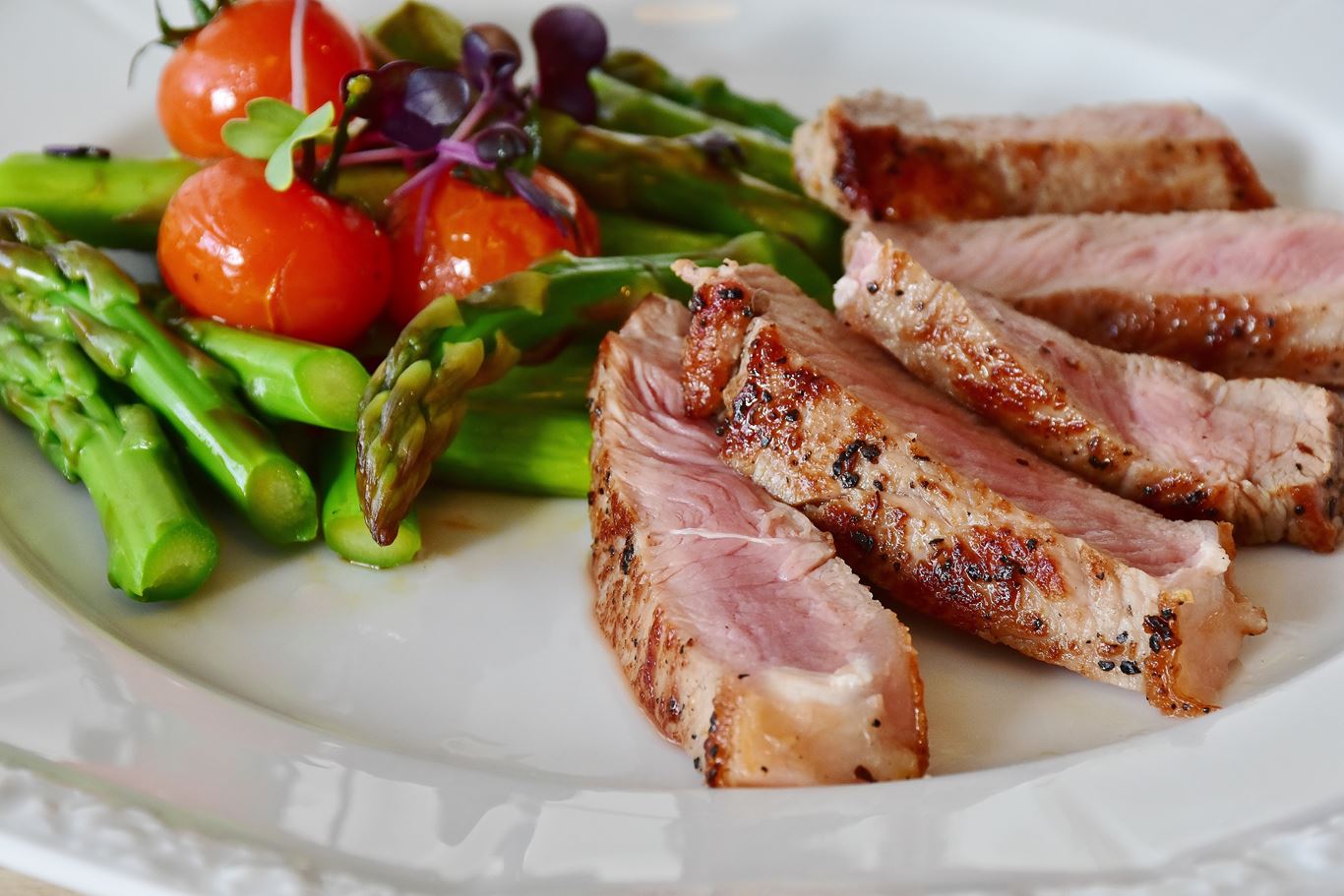Alsace has an undeniably exceptional cooking tradition. Take advantage of your stay to explore local gastronomy by eating in the Petite France’s famous “Winstubs” or by working hands-on to recreate these dishes!
“Sauerkraut” or “Sürkrüt”

(Photo credits: Maura McEvoy)
How could we deal with Alsatian cooking tradition without evoking sauerkraut? This traditional dish is made of fermented cabbage with salt and spices and is often served with sausages and potatoes. It is very widespread in Europe, Slavic countries and even on the American continent.
If you are curious and/or determined, here is how it is prepared: https://www.culturesforhealth.com/learn/recipe/natural-fermentation/sauerkraut/
The baeckeoffe

This word means “baker’s oven” and refers to a very rich and copious Alsatian dish made of boiled potatoes and various meats: mutton, beef and pork. One can add carrots, garlic, thyme, parsley or even marjoram for more taste and colour. You must nevertheless think in advance when you want to cook a baeckeoffe, because it has to simmer for a few hours and marinate 24 hours long, if possible.
Here is a recipe for the most patient: https://www.thespicehouse.com/recipes/baeckeoffe-recipe
Pretzels

(Photo credits: Sundar1, Wikipedia)
This pastry is another symbol of Alsatian food culture. Nobody truly knows where it came from or when it was invented, but it has been existing since 700. Its shape evokes either a heart or two crossed arms: this is up to interpretation. However these pastries are easy to bake and are made of wheat, water, butter and a pinch of yeast and salt.
Here is an easy recipe for those who wish to give it a try: https://www.allrecipes.com/recipe/24272/buttery-soft-pretzels/
Bredele

This other German-sounding word is the name of little biscuits Alsatians and people from Lorraine bake during the pre-Christmas period. These pastries are an excellent way to express your creativity and satisfy your current culinary cravings as bredele can have any shape or taste. Here are a few examples:
Vanilla bredele: https://www.my-week-end-in-alsace.com/5-recipes-christmas-bredele-small-alsatian-cookies/
Cinammon bredele: http://www.gourmandasia.com/cuisine/european/french/alsatian-bredele-41.html
Jam bredele/Spitzbuben: https://baketotheroots.de/spitzbuben/
The Flammekueche

The Flammekueche is both simple to make and delicious; it is some sort of pizza, made of puff pastry, bacon, onion and cream, with any seasoning you desire.
Pasta

Yes, pasta! Alsatians have long thought they had invented this type of food, but they were wrong! Alsatian pasta is nevertheless very special. This egg-rich food is homemade and is called spaetzle.
Here is how they are made: https://www.allrecipes.com/recipe/11793/german-spaetzle-dumplings/
Meat specialties
It looks like Alsatians are very creative with meat. They cook and eat all kinds of sausages, the most famous ones being “knacks”. They contain pork and beef and are smoked in beech smoke. Viennese sausages, on the other hand, contain pork and veal. There are also pork liver sausages, tongue sausages (“Laewwerwurscht” in Alsatian), sausages you can spread (Metwurscht), “Serwelas”, meat sausages, flat sausages and even head cheese.
Drinks

Alsatian identity also includes traditional drinks, such as “eau de vie”, which is called “schnaps”. This drink is often consumed at the end of meals and is so widespread that it has entered the German lexicon. For example, a “Schnapsidee” is an idea that seems promising, but only when one is drunk. Furthermore, more than half of the beer that is consumed in France has been brewed in Alsace, where France’s biggest brewery is: the Kronenbourg brewery, in Obernai. To end with, Alsace has been a wine-making region for ages and produces pinot noir, pinot gris and pinot blanc as well as riesling and Crémant d’Alsace.
If you are not a very talented cook, you can still enjoy these Alsatian specialties in restaurants or take a few cooking classes on Faubourg-de-Saverne street.

